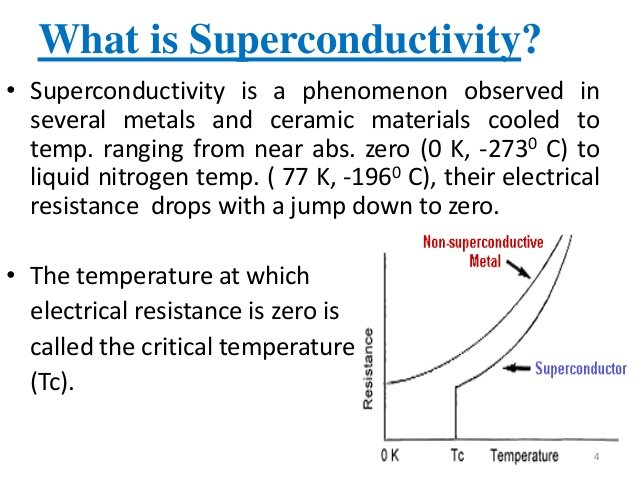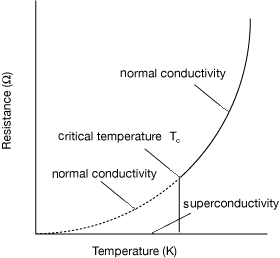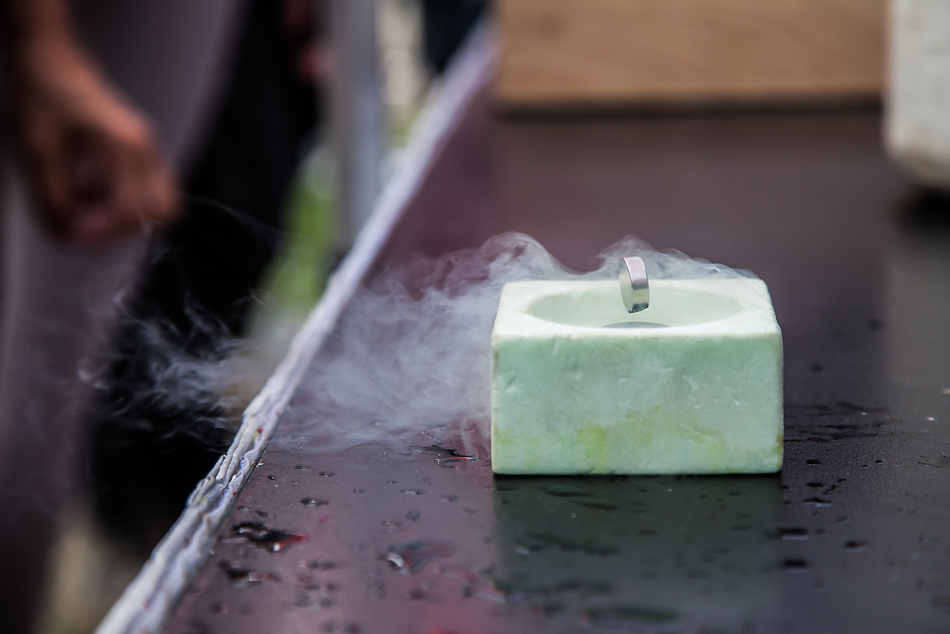Ceramic Superconductor Room Temperature

Chemical formula is yba2cu3o7.
Ceramic superconductor room temperature. If we succeed in making a room temperature superconductor then we can address the billions of dollars that it costs in wasted heat to transmit energy from power plants to cities. There is great value and utility in answering how high temperature superconductors work because that may be the route to room temperature superconductivity. Science and technology 2002. 10 new high temperature superconductors.
By the late 1970s superconductivity was observed in several metallic compounds in particular nb based such as nbti nb 3 sn and nb 3 ge at temperatures that. Superconductivity was discovered by kamerlingh onnes in 1911 in a metal solid. The superconductor we will be experimenting with is an yttrium y barium ba and copper cu composition. The first high temperature superconductors those that superconduct above 200 degrees celsius were discovered in the 1980s.
Hewat in encyclopedia of materials. Since about 1993 the highest temperature superconductor has been a ceramic material consisting of mercury barium calcium copper and oxygen hgba 2 ca 2 cu 3 o 8 δ with t c 133 138 k. Physicists from the max planck institute for the structure and dynamics of matter have kept a piece of ceramic in a superconducting state disproving the widely held assumption that materials need to be cooled to temperatures of at least 140 degrees celsius to achieve superconductivity. Ceramic superconductors are generally heavy metal oxides and neutron diffraction has long been superior for the precise location of light atoms such as hydrogen and oxygen in the presence of heavy atoms.
The ceramic materials used to make superconductors are a class of materials called perovskites. These were made of yttrium barium copper oxide a ceramic material with a critical temperature of around 166 degrees c. A room temperature superconductor is a material that is capable of exhibiting superconductivity at temperatures around 77 degrees fahrenheit. This superconductor has a critical transition temperature around 90k well above liquid nitrogen s 77k.
The advantage of neutron diffraction for locating oxygen is obvious from fig.








